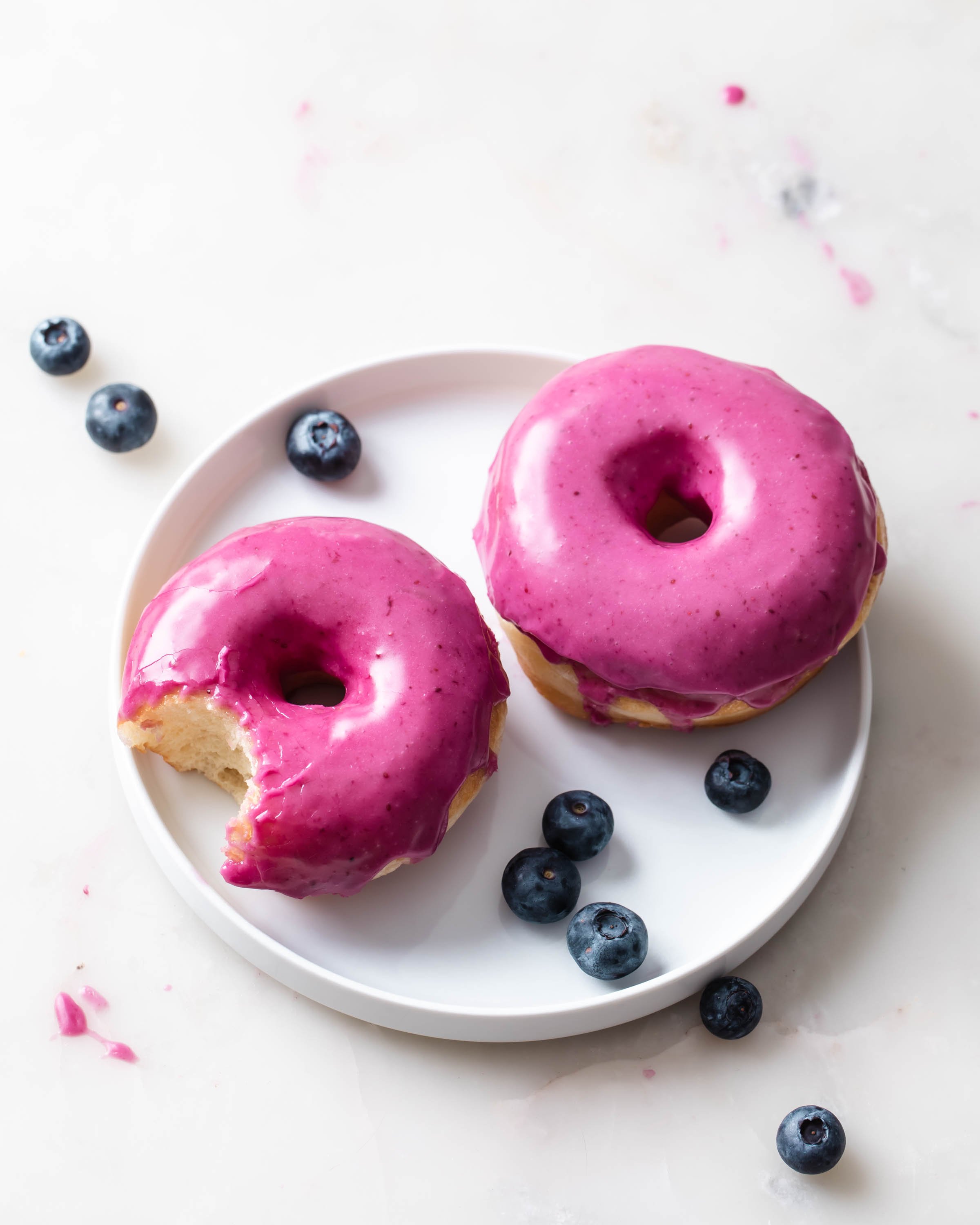Last updated on January 15th, 2023 at 04:35 pm
Want to bake fluffy brioche or cozy cinnamon rolls? First, learn all about the different types of yeast for baking.
Learn all about Baking with Yeast
What are the different types of yeast?
Active Dry Yeast
This is likely one of the more common types of commercial yeast that you find at your grocery store. It comes in jars or pre-measured packets.
The dry yeast is made from dehydrated fresh or compressed yeast. It is dry and granular. This type of yeast is dormant (alive, but sleeping), and will need to be activated by the liquids in the recipes to “wake up.”
If you know that your yeast is new/alive/not expired, then some recipes will have you just add it in straight with the other ingredients. Oftentimes, you will want to “prove” that it is still viable. This simple step dissolves the dehydrated yeast and should show signs of life within minutes, letting you know that all is alive and well. Not only will this give the baker more confidence that the dough will rise, I find that activating the yeast with warm water or milk makes the proofing process go quicker.
Instant Yeast
This type of yeast is even smaller in size than active dry yeast. It dissolves more quickly and starts working faster than active dry yeast. I’ll rarely proof instant yeast before adding it to a recipe unless I question its shelf life. It can be used interchangeably with active dry yeast.
Rapid Rise
Even faster than Instant Yeast, Rapid Rise does work fairly quickly. However, as we learned last week, faster doesn’t always mean better. A longer proof produces more flavor, which may be sacrificed for a speedier rise.
Fresh Yeast
This type of yeast is sold in moist cakes or blocks. They are more commonly used in commercial bakeries than in the home kitchen, at least in North America. It has a short shelf life, so I would only recommend it for frequent bread bakers or those that bake in large quantities. If you decide to try it out, make sure to store fresh yeast (wrapped well) in the refrigerator for up to two weeks.
To be honest, I have never baked with fresh yeast. What I do know is that it is moist and should crumble easily. It should be proofed to determine its viability.
Wild Yeast
You won’t find this at your typical grocery store. Most wild yeast is made on your kitchen counter! In fact, I just fed mine in preparation for a loaf of sourdough later this week.
Wild yeast is made from two ingredients: flour and water. The mixture is left out at room temperature in order to soak up yeast and bacteria from the flour and environment. Because it is home grown, different wild yeasts will have different characteristics depending on the particular bacteria, water, and flour found in its environment - making certain strains like San Francisco sourdough so popular.
Sourdough “discard” may be used to create various other types of yeast-risen bakes, but we will save that conversation for a different day.
How to Proof Active Dry Yeast:
Add yeast to warm water or milk. The liquid should be between 100 to 110°F. No need for a thermometer - it should feel just slightly warmer than your own body temperature. I usually add a pinch of sugar, to get the feeding frenzy started, but it's not necessary.
After about 5 minutes, the yeast should dissolve. If the yeast is active, the mixture will be foamy and bubbly on top.
Remember that yeast is very temperature sensitive, so make sure your liquid is not too hot or it will kill the yeast.





Ginny
Have you ever heard of sweet or dessert yeast? Thanx for your response
stylesweet
Hi! I have not heard of that - interesting!